Planetary Science

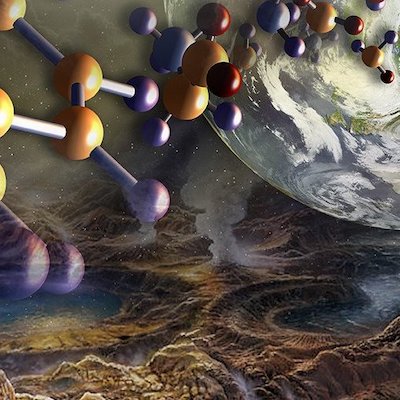
Astrobiology
We study habitability and potential biosignatures across a wide variety of bodies in the Universe, ranging from early Earth to exoplanets. Our work includes learning about the evolution of Earth’s atmosphere and oceans, biosignature preservation in the geologic record, astronomical life detection techniques, the history of habitable environments across the Solar System, and the relationship between planetary habitability and stellar properties.
Faculty: Borlina, Horgan, Olson, Pearce
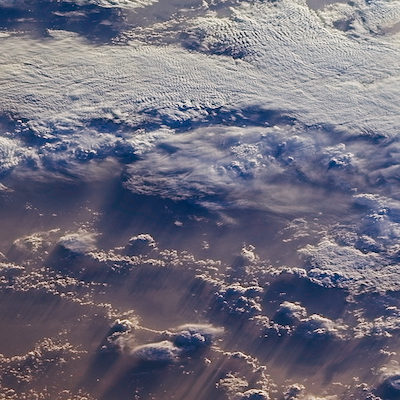
Planetary Atmospheres and Climate
We use laboratory experiments and computer simulations to study cloud formation and atmospheric evolution on a range of planets. We also analyze geological records in order to understand what they teach us about climate history on Earth, Mars, and beyond.
Faculty: A. Johnson, Olson, Pearce, Tremblay
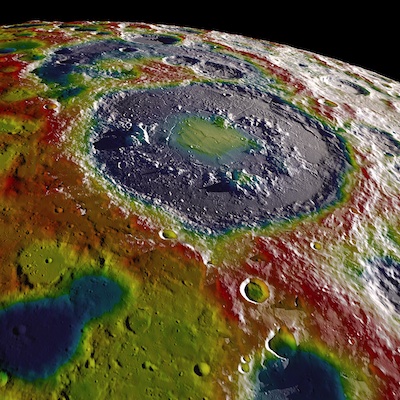
Planetary Geophysics
We study the interiors, geodynamics, tectonics, thermal evolution, and impact processes across the solid bodies of the Solar System using data returned from spacecraft missions and sophisticated numerical models.
Faculty: Borlina, Bramson, Freed, B. Johnson, K. Prissel, T. Prissel, Sori
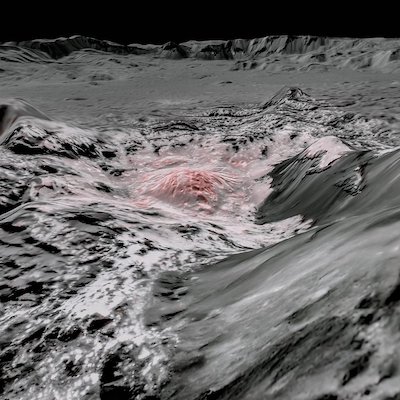
Planetary Surfaces
We study the mineralogical, morphological, and tectonic evolution of planetary surfaces using remote sensing analysis, field and laboratory analog studies, and computational methods to understand the processes and environments that shape the landscapes of planets.
Faculty: Bramson, Horgan, B. Johnson, Minton, K. Prissel, T. Prissel, Sori, Thompson, Tremblay
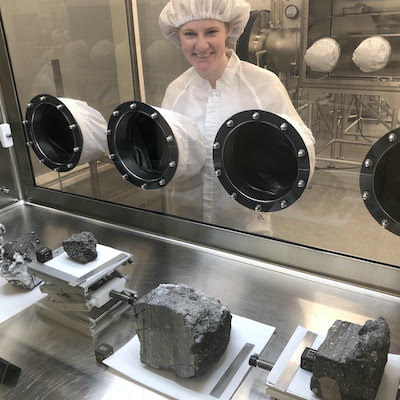
Sample Analysis
We use state-of-the-art laboratory experiments to analyze extraterrestrial samples, including meteorites, Moon rocks returned by Apollo astronauts, and materials collected from asteroids. Our techniques allow us to study the physical and chemical evolution of the surface of the Earth and other planets and moons.
Faculty: Borlina, K. Prissel, T. Prissel, Thompson, Tremblay
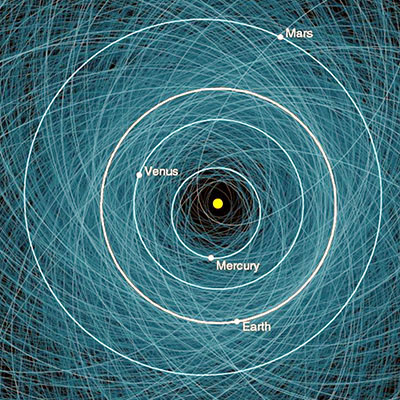
Solar System Dynamics
We use observations of populations of Solar System objects and their orbits, combined with computer simulations, to study the formation and evolution of planetary and satellite systems to understand how our Solar System and others developed through time.
Faculty: Minton
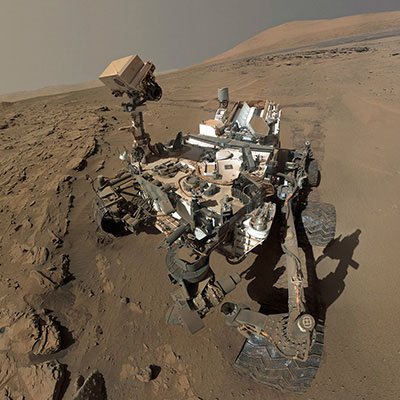
Spacecraft Missions
We have been and are continuing to be involved with NASA and international spacecraft missions, including MESSENGER, Hayabusa2, OSIRIS-REx, GRAIL, the Lunar Reconnaissance Orbiter, the Mars Reconnaissance Orbiter, the Curiosity and Perseverance Mars rovers, Mars Odyssey, Dawn, and more. We are also active in planning the next generation of robotic spacecraft missions, human exploration, and astronomical observatories.
Faculty: All
Planetary Science News
Registration open for Nov. 11 Westwood Lecture on the effects of space weathering: Insights from asteroid Bennu
10-28-2025
Michelle Thompson, associate professor of earth, atmospheric and planetary sciences in the College of Science, will present “A Time Machine to the Early Solar System: Analyzing Samples from Asteroid Bennu Returned by the NASA OSIRIS-REx Mission” from 4:30-5:30 p.m. at Westwood, the Purdue president’s residence.
Which planets are the youngest and oldest in our solar system?
10-13-2025
Live Science — About 4.6 billion years ago, a celestial cloud collapsed, paving the way for our solar system to form. Then, a nebula with strong gravitational pull took shape, kick-starting the birth of the sun. But after that, the details leave more room for debate about which planets formed first. Purdue EAPS's Cauê Borlina was quoted in the article.
Purdue University professor helping discover ancient life on Mars
09-18-2025
WTHR — The Perseverance rover landed in the Jezero Crater in February 2021 to explore the ancient Neretva Vallis River Valley. Last summer, it drilled the Sapphire Canyon sample from a rock called Cheyava Falls. Scientists believe the leopard spots found on it may have been made by ancient life, NASA said. The SuperCam is just one of seven instruments on Perseverance. EAPS's Roger Wiens can operate it from online software right in his Purdue office.
Planetary scientist decodes clues in Bennu’s surface composition to make sense of far-flung asteroids
08-27-2025
Space weathering expert Michelle Thompson of the College of Science and OSIRIS-REx, NASA’s first asteroid sample return mission, reveals why some gray asteroids reflect light at different wavelengths, like red or blue, more strongly. These results help shed light onto the evolution of rocky bodies in the solar system.
Some asteroids are more ‘colorful’ than others. Here’s why.
08-27-2025
Popular Science — New research on the Bennu asteroid explains why some look red, blue, or grey. EAPS's Michelle Thompson was quoted in the article along with her research.
NASA’s Perseverance Mars Rover Spots Bizarre Helmet-Shaped Rock and Mysterious Megaripples
08-25-2025
Scitechdaily — On Mars, the story of the past is preserved in solid rock, but the planet’s present is being shaped in shifting sand. Just last week, NASA’s Perseverance rover studied a set of inactive megaripples to better understand how winds continue to sculpt the Martian surface today. This article was written by Athanasios Klidaras in EAPS.
Asteroid Bennu: A time capsule of materials bearing witness to its origin and transformation over billions of years
08-25-2025
Phys — Asteroid Bennu is a mixture of materials from throughout, and even beyond, our solar system. Over the past few billion years, its unique and varied contents have been transformed by interactions with water and the harsh space environment. EAPS's Michelle Thompson was named in the article along with her research.
Mars boffins probe mysterious new mineral
08-21-2025
The Northern Miner — Scientists have spotted on Mars what could be a previously unknown mineral linked to the kind of sulphaty gunk that clogs tailings ponds on Earth. EAPS's Roger Wiens was mentioned in this article.